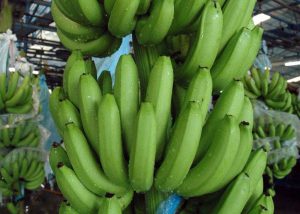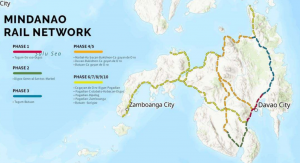The implementation of the Philippine Rural Development Project (PRDP) in Mindanao has provided about 15.2% increase in income for beneficiaries and 27% for those in the enterprise development initiatives.
Based on the PRDP June report, household beneficiaries of the project in Mindanao were able to increase their income by 15.2% from P64,349 annually in 2014.
This was because, the report pointed out, of the implementation of projects on infrastructure facilities through its Intensive Building UP of Infrastructure and Logistics for Development Component.
Based on the 2014 baseline data, this component of the project has resulted in reduction of time travel by half, hauling cost by 13%, and increase in traffic by about 189%.
Most projects submitted by local government units to PRDP, said Engr. Danilo T. Alesna, PRDP Mindanao deputy director, are in farm-to-market roads because “this is the biggest challenge of the farmers” in their production of crops.
“Because they saw the need for farmers to have a better way of bringing their products to the markets, LGUs decided to focus on the development roads,” said Alesna.
Based on its June report, PRDP said that of the 18 infrastructure projects in Mindanao, 60 were completed, 77 still ongoing and 34 under the procurement processes. The total budget for the completed projects was at P1.83 billion, P5.8 billon for those ongoing and about P976.43 million for those undergoing the procurement processes.
On the enterprise development component, or the Investment in Rural Enterprises and Agriculture and Fisheries Productivity Component, aside from the increase in income, the project also noted the 16% increase in production area and 56% increase in volume of products sold to the market.
In this category, Mindanao got 97 projects with an additional fund of about P551.39 million.
Alesna attributed the increase in income and productivity to the comprehensive planning in the implementation of the projects.
“The PRDP does not allow a project to get implemented without the value chain analysis and the Provincial Commodity Investment Plan,” he said, adding that these two requirements have so far become the key in the high production capability of the beneficiaries.
Both requirements compel the LGUs to identify a commodity that it wants to develop as well as come up with projects that it believed will increase productivity and income of the beneficiaries.
The PRDP, implemented in 2014 as part of the interventions especially to those drastically affected by typhoon Yolanda in November 2013, is the successor and scaled up version of the Mindanao Rural Development Program (MRDP) which ended in 2013.
Based on its end-of-project report, the average income in areas covered by MRDP at P102,759 annually, higher than those that were not part of it which was at 96,468.
Based on the 2010 baseline survey, the income in the areas covered by MRDP at that time was just at P67,589, while those outside of these areas the income was higher at P78,471.


